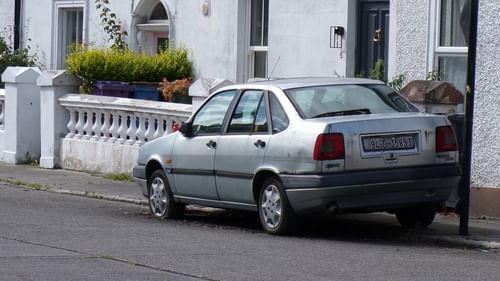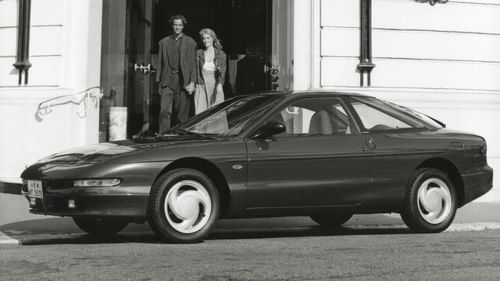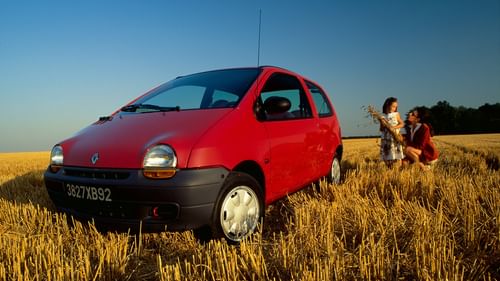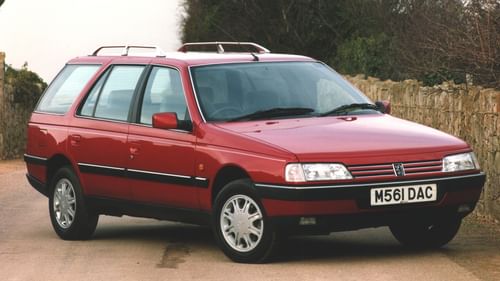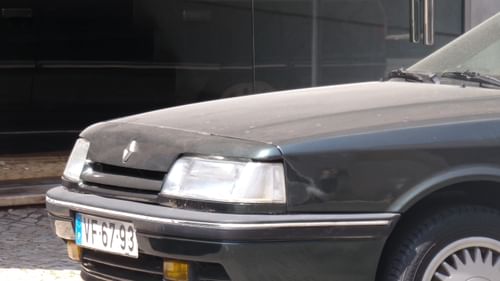Guilty pleasure: Mitsubishi Carisma
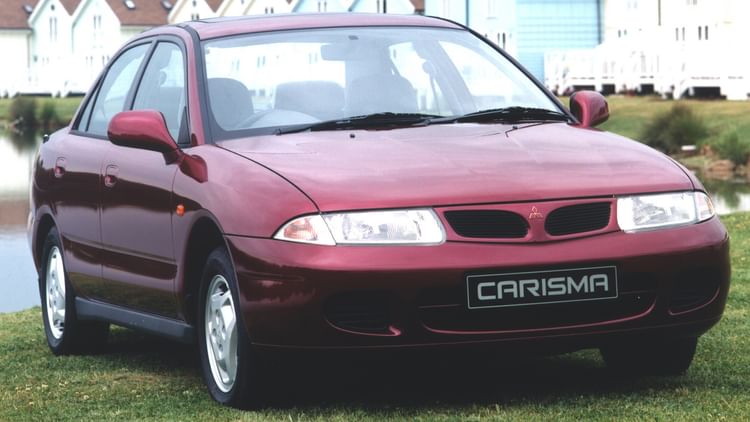
‘They’re okay, I printed them this morning,’ the customer joked as I held the bank notes up to the light to check for forgeries. It’s a line I’d hear a dozen or so times a shift while working as a part-time checkout assistant during my college days. The Sainsbury’s staff handbook forbade me from rolling my eyes, throwing tinned fruit at the customer, or pleading with them to come up with something original, so I was forced to smile politely and pretend I was hearing the ‘joke’ for the first time that day.
You probably endure hilariously original gags when you’re washing the car. ‘You can do mine when you’ve finished.’ Guffaw. ‘You’ve missed a bit.’ Chortle. ‘Don’t scrub too hard, you might rub the paint away.’ Har-de-har. Not forgetting my personal favourite: ‘Don’t do that, you’ll make it rain.’ ROFL. To think that Wilhelm Reich wasted all that energy creating a cloudbuster when he could have achieved the same result armed with a bucket and sponge.
Mention the Mitsubishi Carisma and you risk being subjected to another outpouring of originality. Here’s a tweet from July 2022: ‘Mitsubishi apparently got sued under the trades [sic] descriptions act for launching the Charisma [sic].’ Another couple of tweets from different accounts, posted within 24 hours of each other: ‘Mitsubishi Carisma: it had none.’ Calling the Mitsubishi, a ‘Carisma bypass’ is another ‘classic’.
The question is, does the Dutch-built Carisma deserves better than to have its existence reduced to being the source of terribly unoriginal quips? Probably.
Unveiled in Amsterdam in January 1995, the Carisma was the result of a joint venture between Mitsubishi, Volvo and the Dutch government. The first left-hand drive Carismas rolled of the NedCar production line in May 1995, before UK sales started in January 1996. Mitsubishi’s first European-built car was styled to appeal to European buyers, with a bright and airy cabin to match. Less striking than the contemporary Galant, the Carisma looked at odds with the rest of the Mitsubishi range. That’s no bad thing; Mitsubishi wanted it to look more European. Job done.
It was also cheap, with prices starting from £10,999 for the 1.6 GL with a manual gearbox, rising to £15,349 for a Carisma 1.8 GLS automatic with the Diamond Option Pack. While the five-speed manual gearbox was provided by Renault, helping to achieve 85 percent European content for the Carisma, the INVECS-II auto was lifted from the Mitsubishi FTO. The transmission had the ability to learn the driver’s individual driving habits, adjusting its shift pattern accordingly. It would even change down when it sensed the car was travelling downhill. The Carisma was also the first car to be fitted with a Philips Routefinder sat-nav system, standard on 1.8-litre models and optional on 1.6-litre cars. The ideal piece of kit for avoiding congestion on the Carisma bypass, or something.
Another point that gets lost in the sea of side-splitting charisma-related gags is the Carisma’s drag coefficient of 0.29, a figure similar to the Mitsubishi 3000GT. This aerodynamic efficiency contributed to an official 54.3mpg for the 1.6 and 52.3mpg for the 1.8, albeit at a time when manufacturers’ fuel economy figures were as accurate as a drunken archer. Still, in 1995, a motoring journalist drove a Carisma 1.6 from London to the NedCar factory and back again on one tank of unleaded, achieving 51.26mpg. I do appreciate that none of this information is helping to raise the profile of a car remembered only for its name.
Would information on the introduction of the 1.8-litre GDI (gasoline direct injection) engine help matters? Ten percent more powerful than the old 1.8-litre unit, it also delivered 20 percent better fuel economy while cutting emissions by 20 percent. Mitsubishi was the first company to fit direct injection technology to a production car. No, it’s not helping, is it?
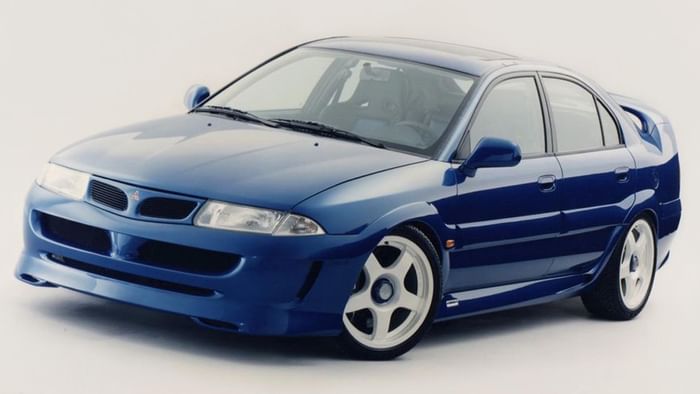
A couple of ill-judged facelifts resulted in the Carisma looking more Japanese than the original model of 1995, while the arrival of a saloon variant and a diesel engine are the other highlights of an otherwise unforgettable existence. If only Mitsubishi had the Dutch courage to create a production version of the Carisma Evolution. Unveiled at the 1995 London motor show, the TWR special featured 18-inch alloys, Goodyear Eagle F1 tyres, Recaro seats, deep spoilers, fat arches and a cabin swathed (a classic motoring journo word) in carbon, Kevlar and leather. It’s the perfect riposte to anyone who makes a gag about the car’s name.
Speaking of which, am I the only person who thinks Mitsubishi should have called the automatic version of the Carisma the ‘Carismatic’? Don’t worry, I’ll fetch my own coat.
This article first appeared in issue 14 of Classic.Retro.Modern. magazine.
